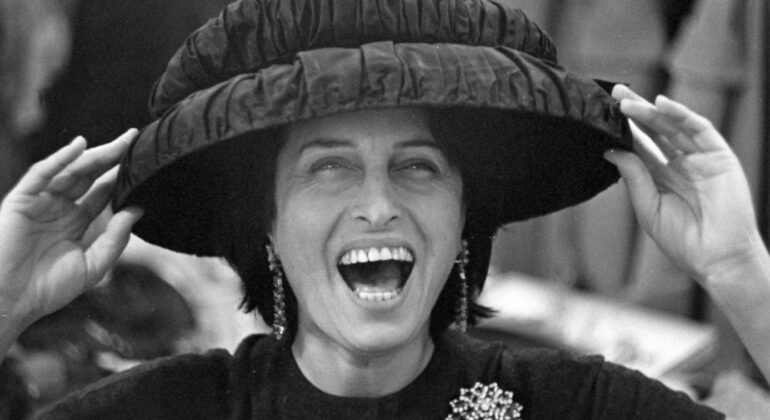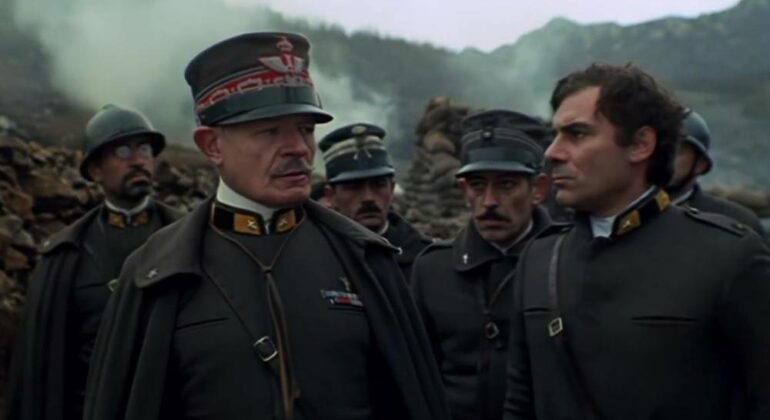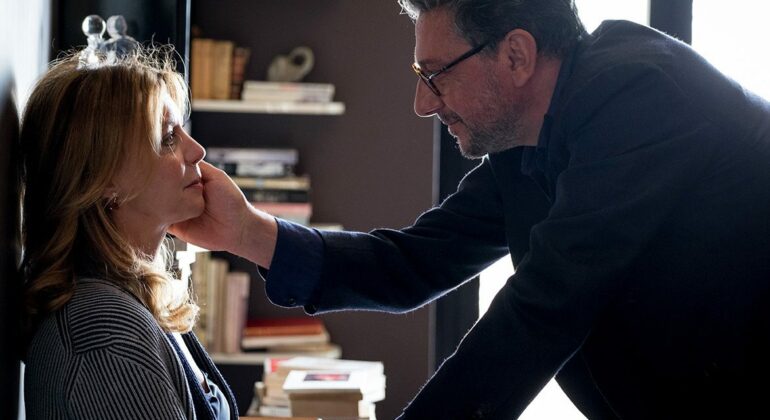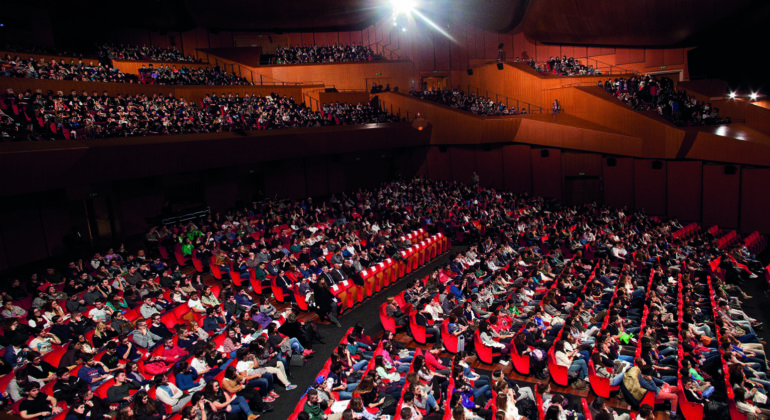Anna Magnani: A Legend of Italian Cinema
In the illustrious tapestry of Italian cinema, few figures shine as brightly as Anna Magnani. A force of nature both on and off the screen, Magnani’s talent, passion, and raw authenticity captivated audiences worldwide. Throughout her career, she brought to life a myriad of unforgettable characters, leaving an indelible mark on the history of film. Let’s delve into some of her most remarkable movies, each a testament to her extraordinary talent, check out a special selection of Magnani’s movies, all available on Movieitaly+.
1. Correva l’anno di grazia 1870 (1972)
Directed by Alfredo Giannetti, this historical drama depicts the upheaval of Italy during the Risorgimento period. Magnani portrays Teresa, a woman caught in the midst of political turmoil and personal tragedy. Her performance is a tour de force, conveying the resilience and anguish of her character with haunting authenticity. Magnani’s ability to embody the spirit of her era while infusing it with contemporary relevance is nothing short of mesmerizing.
2. La Carrozza d’Oro (1952)
In this adaptation of Prosper Mérimée’s novella, Magnani takes on the role of Carmela, a fiery and complex woman entangled in a web of desire and deception. Directed by Jean Renoir, the film explores themes of class, passion, and the human condition with nuance and depth. Magnani’s portrayal is a masterclass in emotional intensity, as she navigates the tumultuous landscape of love and betrayal with unwavering conviction.
3. La Fortuna Viene Dal Cielo (1942)
Directed by Ákos Ráthonyi, this comedy showcases Magnani’s remarkable range as an actress. Set against the backdrop of World War II, the film follows the misadventures of a group of people vying for a winning lottery ticket. Magnani’s performance as Teresa, a resourceful and street-smart woman determined to claim her prize, is infused with infectious energy and irrepressible charm. Her comedic timing and boundless charisma light up the screen, making this film a delightful romp from start to finish.
4. L’Automobile (1950)
In this poignant drama directed by Alfredo Giannetti, Magnani delivers a powerhouse performance as Giovanna, a woman grappling with the complexities of love and independence. Set against the backdrop of post-war Italy, the film explores themes of societal expectations and personal freedom with sensitivity and insight. Magnani’s portrayal is a testament to her versatility as an actress, as she imbues Giovanna with a rare combination of strength and vulnerability that resonates long after the credits roll.
5. 1943: Un Incontro (1963)
Directed by Giuseppe De Santis, this war drama sees Magnani in the role of Pina, a woman torn between loyalty to her husband and her growing attraction to a resistance fighter. Against the backdrop of Nazi-occupied Rome, Magnani delivers a performance of remarkable depth and complexity, capturing the moral ambiguity and emotional turmoil of her character with breathtaking honesty. Her chemistry with co-star Marcello Mastroianni is electric, elevating the film to new heights of cinematic excellence.
6. La Sciantosa (1971)
Directed by Alfredo Giannetti, this musical drama showcases Magnani’s magnetic presence and formidable talent. Set in the world of Italian vaudeville, the film follows the tumultuous relationship between a famous singer and a struggling playwright. Magnani’s performance as the enigmatic Sciantosa is nothing short of mesmerizing, as she effortlessly commands the screen with her powerhouse vocals and electrifying stage presence. Her portrayal is a testament to her status as one of the greatest performers of her generation.
7. Cavalleria (1936)
Directed by Goffredo Alessandrini, this romantic drama marked one of Magnani’s earliest film roles. Set in a small Italian village, the film follows the tragic love affair between a soldier and a local woman. Magnani’s performance as the heartbroken Maddalena is infused with a raw intensity and emotional depth that foreshadowed the brilliance yet to come in her illustrious career. Her ability to convey the agony of unrequited love with such authenticity is a testament to her unparalleled talent as an actress.
In each of these films, Anna Magnani’s talent and passion shine brightly, illuminating the screen with her unforgettable presence. From her early beginnings to her later triumphs, Magnani’s legacy continues to inspire generations of filmmakers and audiences alike, cementing her status as a true icon of Italian cinema. As we celebrate her extraordinary career, we are reminded of the enduring power of storytelling and the timeless appeal of a performer who dared to bare her soul for the world to see.
Discover the special Icons sections on Movieitaly+ and enjoy the best Italian cinema!
To read more articles visit our blog















Recent Comments